Dental Equipment
Dental Products
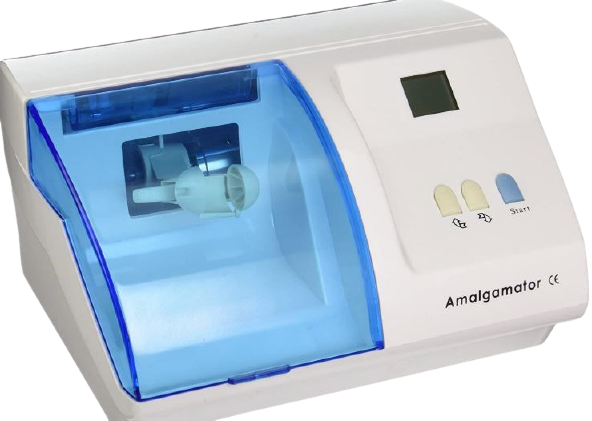
Amalgamator
Dental suction
Dental suction is a set of dental supplies and equipment that is used to suck saliva and blood from gum injuries. In fact, it is the same suction tube that is held in the patient’s mouth throughout the dental procedure. Dental suctions have different types and functions.
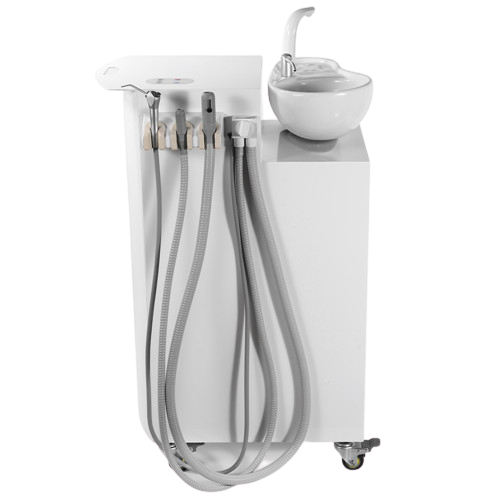
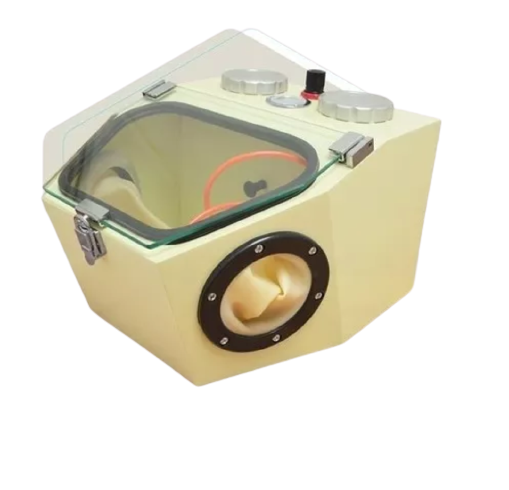
Sand Blastre Device
- Intraoral oral sandblasting machine for the porosity of tooth surface, laminate, zirconia, porcelain, etc. using aluminum oxide powder 50 microns to increase the bond adhesive
- Autoclaved (except for powder tank)
- 360 degree nozzle rotation capability
- Connectivity to unit hose (using adapter)
- Ability to install directly to the compressor and inside the unit
- Light weight for easy use and movement
Dental Examination Mirror
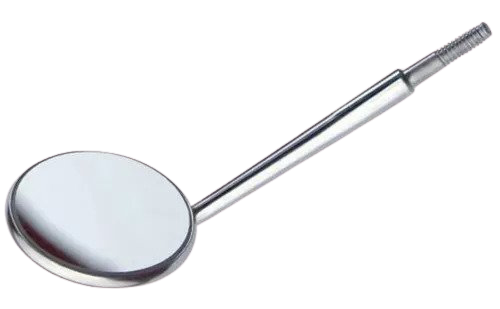
Probes
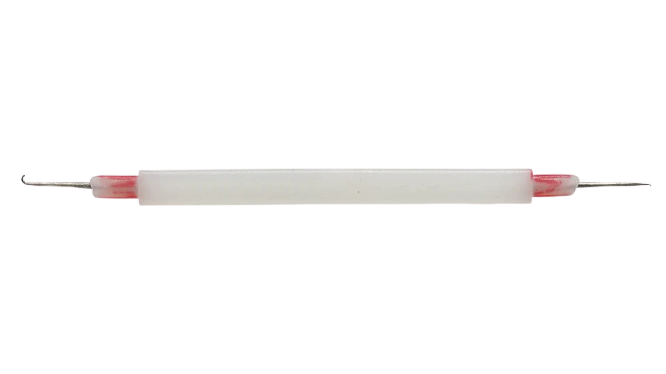
Forceps
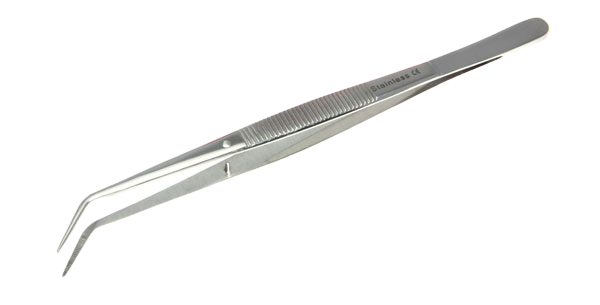
Pliers
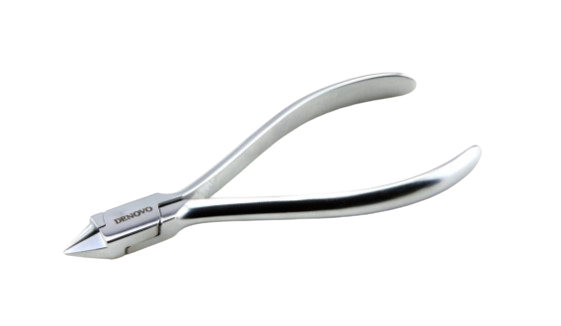
Turbines
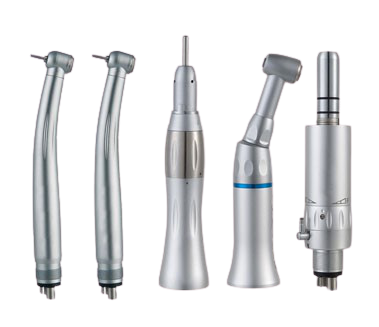
Micro motors
Micromotors are used for the treatment of semi-hard dental tissues. This instrument is connected to the hoses of dental equipment with a variable connection system. Different working speeds and torques are also variable, meanwhile, two different types of instruments can be placed onto the micromotor: straight and contra-angle headpieces.
Straight headpieces:
These are the lowest speed rotary instruments (between 20,000 and 40,000 rpm) and are not usually used inside the mouth. They are used to refine the prosthesis and are always attached to a micro motor; additionally, these instruments may or may not carry light.
Contra-angle headpieces:
Used to work within the mouth in order to remove decaying material, prepare cavities or crowns, remove fillings, as well as to finish and polish dental and restorative surfaces. They are low speed, high torque instruments.
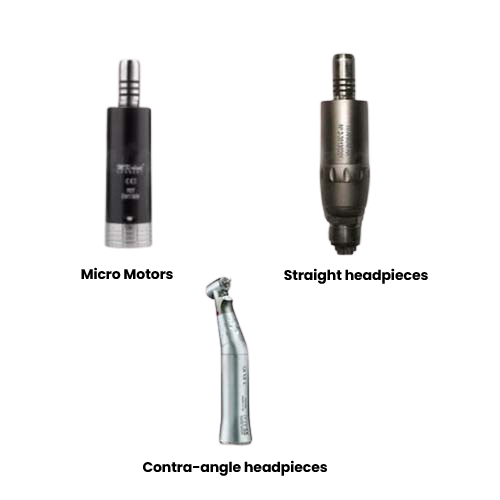
Light curing dental Lamps
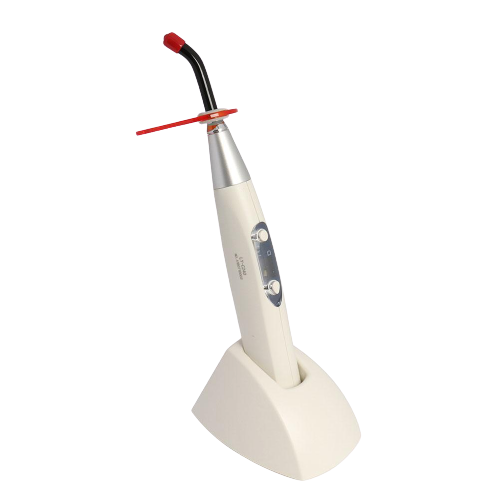
Apex locators
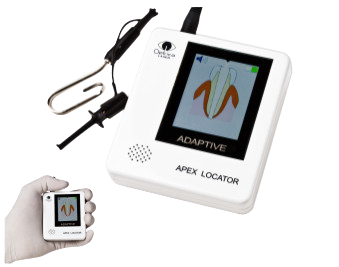
Autoclaves
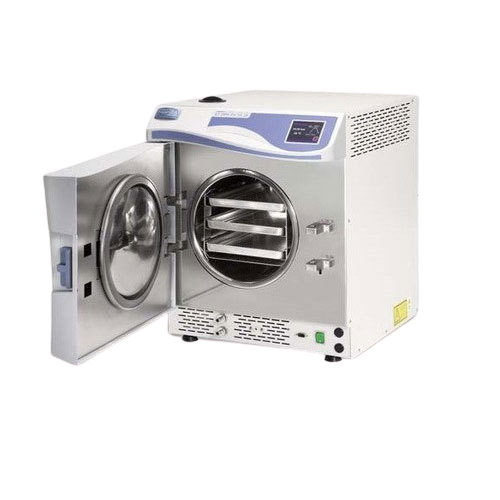
X-Rays

Cabinet Lamps
Cabinet lamps are an essential tool in every dental clinics, and are necessary in order to work with precision and in the most comfortable way possible. They are made up of an articulated arm and head, designed with a concave surface that reflects halogen or LED light at a Kelvin temperature as natural as possible. This helps both the professional to identify realistic colors during treatment while ensuring full comfort for the patient. Lastly, these lamps can be either floor or wall mounted.

Dental Stools
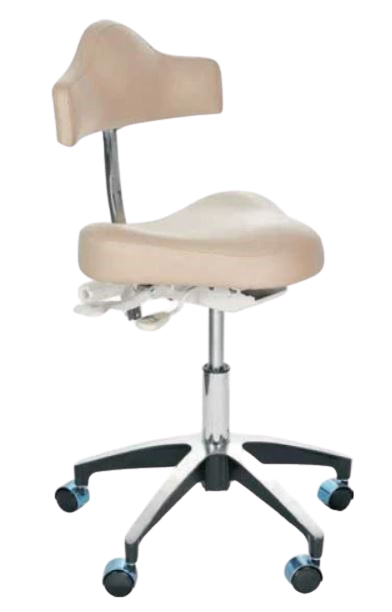
Dental chairs with Dental unit
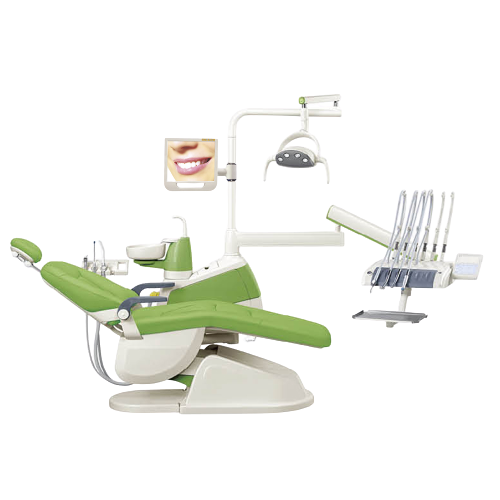
Latex Gloves
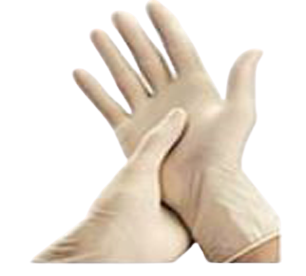
Dental Burs
There are more than five thousand types of dental burs according to their shape, size, or the material with which they are manufactured, making them one of the most abundant products in a dental deposit. This is why dental burs have a standard or ISO coding, which is used in a similar way by all manufacturers and should make it easier for you to identify the exact bur you need. This coding is carried out taking into account different parameters of the dental bur, which identify it in a unique way.

Dental Sutures
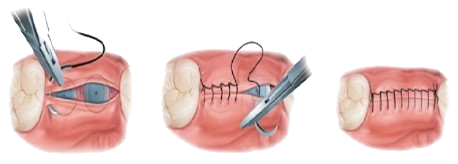
Endodontic Materials

